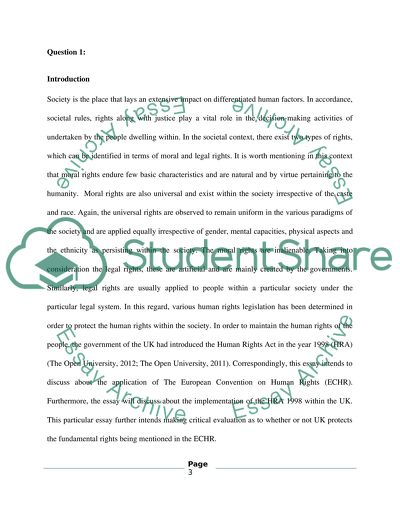Cite this document
(“The European Convention on Human Rights & a scenario type of question Essay”, n.d.)
The European Convention on Human Rights & a scenario type of question Essay. Retrieved from https://studentshare.org/law/1636476-the-european-convention-on-human-rights-a-scenario-type-of-question
The European Convention on Human Rights & a scenario type of question Essay. Retrieved from https://studentshare.org/law/1636476-the-european-convention-on-human-rights-a-scenario-type-of-question
(The European Convention on Human Rights & A Scenario Type of Question Essay)
The European Convention on Human Rights & A Scenario Type of Question Essay. https://studentshare.org/law/1636476-the-european-convention-on-human-rights-a-scenario-type-of-question.
The European Convention on Human Rights & A Scenario Type of Question Essay. https://studentshare.org/law/1636476-the-european-convention-on-human-rights-a-scenario-type-of-question.
“The European Convention on Human Rights & A Scenario Type of Question Essay”, n.d. https://studentshare.org/law/1636476-the-european-convention-on-human-rights-a-scenario-type-of-question.


